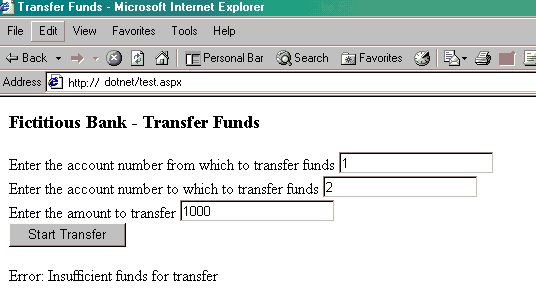The comparison between Dapper, Entity Framework Core, and ADO.NET in the context of .NET database access reveals the following key points:
-
ADO.NET:
- It is a low-level technology, providing fine-grained control over database operations.
- Widely used in .NET applications for a long time but requires writing a significant amount of code for database interaction.
- Supports direct SQL queries for enhanced control over performance.
-
Entity Framework Core:
- High-level ORM tool built on ADO.NET, easing database interaction by abstracting operations.
- Supports multiple database providers and offers features like automatic schema migration, query translation, and change tracking.
- Supports LINQ for query writing in C# instead of SQL, enhancing ease of use.
-
Dapper:
- Micro ORM built for speed and efficiency, providing a lightweight and fast way to work with databases.
- Built on top of ADO.NET, it offers a simple API for database operations, ideal for scenarios where performance is critical.
- Allows flexibility for writing SQL queries and mapping results to any class or structure.
Key Comparisons:
- Performance: Dapper is generally faster than ADO.NET and significantly quicker than Entity Framework Core due to its optimized design.
- Ease of Use: EF Core provides a high-level API that abstracts database operations, making it easier to work with. Dapper requires writing SQL queries but is generally straightforward.
- Features: EF Core offers a wide range of features, while Dapper provides speed and flexibility but lacks some high-level features.
- Flexibility: Dapper is the most flexible, enabling direct SQL query writing and result mapping. EF Core and ADO.NET have limitations in terms of flexibility.
Choosing the right tool depends on project requirements:
- Use Dapper for lightweight and fast database operations.
- Employ EF Core for a high-level API and extensive features.
- Opt for ADO.NET if fine-grained control over database operations is essential.
In conclusion, the choice of tool should align with the specific project needs, considering the trade-offs between performance, ease of use, features, and flexibility. Each tool offers pros and cons, and the decision should be based on the particular requirements of the application.


